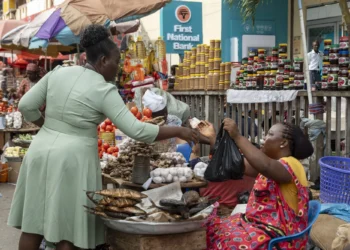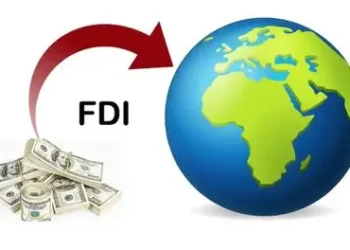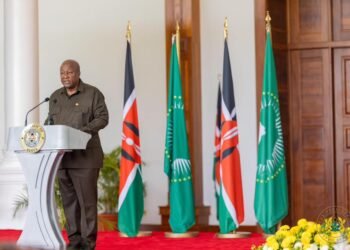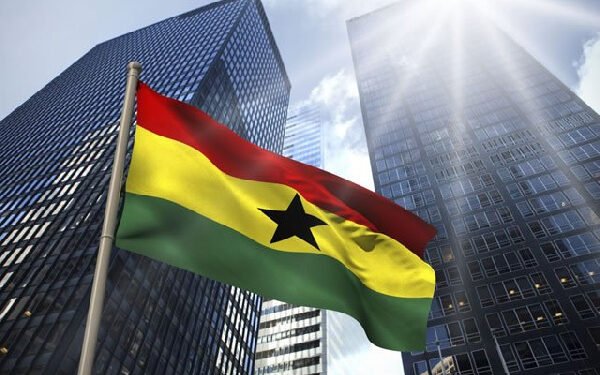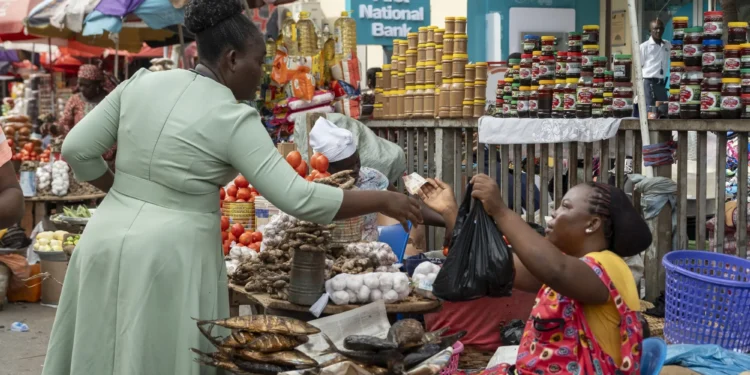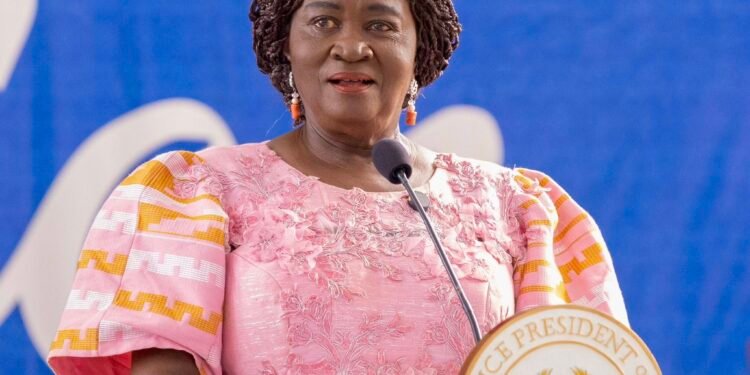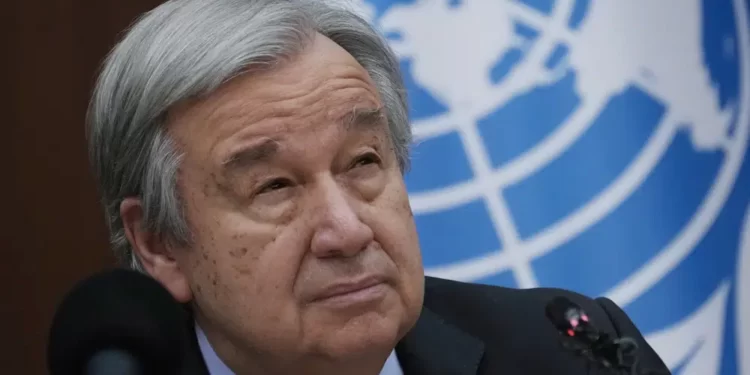Ghana’s Gross International Reserves rose by US$2,365.9 million in the first four months of the year, translating into a 27.4 percentage points increase over the value at the end of December 2020. More specifically, Gross International Reserves currently stands at US$10,990.3 million at the end of April 2021, up from US$8,624.4 million recorded at End-December 2020.
Correspondingly, the increase in the nominal value of the country’s international reserves reflected significantly in the import cover. Currently, the reserves provide a cover for 5.1 months of imports of goods and services. This compares with an import cover of 4.1 months recorded at the end of December 2020.
Despite the rise in the import cover, it is still below the ideal value of 8 to 10 months which is essential for a stable currency. Nevertheless, the Bank of Ghana indicated that the Cedi has gained some stability so far in the year.
Overall, the BOG indicated that the Cedi appreciated by 0.5% against the US dollar in the first four months of 2021. This is in sharp contrast with a depreciation of 1.2% in the corresponding period of 2020.
Likewise, the cedi also appreciated by 2.4% against the Euro but depreciated by 0.6 percent against the Pound Sterling. This is against a corresponding 1.4 percent and 3.7 percent appreciation over the same period in 2020.
Developments in the external sector
Furthermore, the Central Bank highlighted that the external sector is still fragile, despite indicators pointing to a gradual global recovery. As such, the average prices of cocoa, gold and crude oil “traded mixed” in the year to April 2021.
For instance, Crude oil prices rebounded strongly and increased by 30% to settle at an average price of US$65.3 per barrel in April 2021. This compares with an average price of US$55.3 per barrel in January 2021. The BOG attributed this to production restraints from OPEC+ and re-opening of economies as vaccinations expanded across most advanced countries.
In contrast, gold prices declined by 5.3% to US$1,760.7 per fine ounce on account of stronger US dollar and rising US Treasury yields. Similarly, cocoa prices eased to US$2,419.5 per tonne in April 2021 compared to the US$2,523.9 per tonne in January. The BOG said “the decline in cocoa prices was attributed to increased supply in Ivory Coast”.
Trade balance
Consequently, the Central Bank lamented that the price movements in the first four months of the year impacted negatively on the trade balance.
“These commodity price trends adversely impacted the trade balance. For the first four months of the year, total exports declined marginally by 0.2 percent year-on-year to US$5,131 million”.
Meanwhile, the Bank of Ghana attributed the decline in exports to a 21 percentage point “decline in volume of gold exported attributed to instability in the sector”.
On the contrary, total imports rose by US$239.3 million to US$4,372 million at the end of April 2021. According to the BOG, this was “supported by increased non-oil imports”. As a result, the trade balance recorded a surplus of US$759.1 million (1.1% of GDP) in the first four months of the year. This is lower than a surplus of US$1,006.3 million (1.4% of GDP) in the same period of 2020.
READ ALSO: Check Gov’t vehicles being used for private businesses- Alfred Thompson




